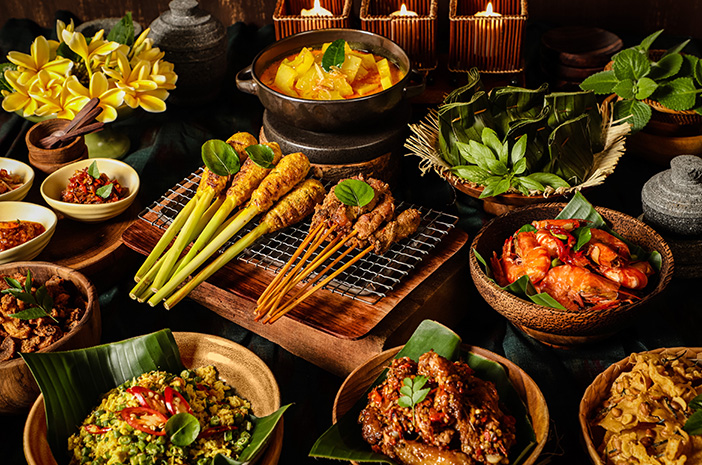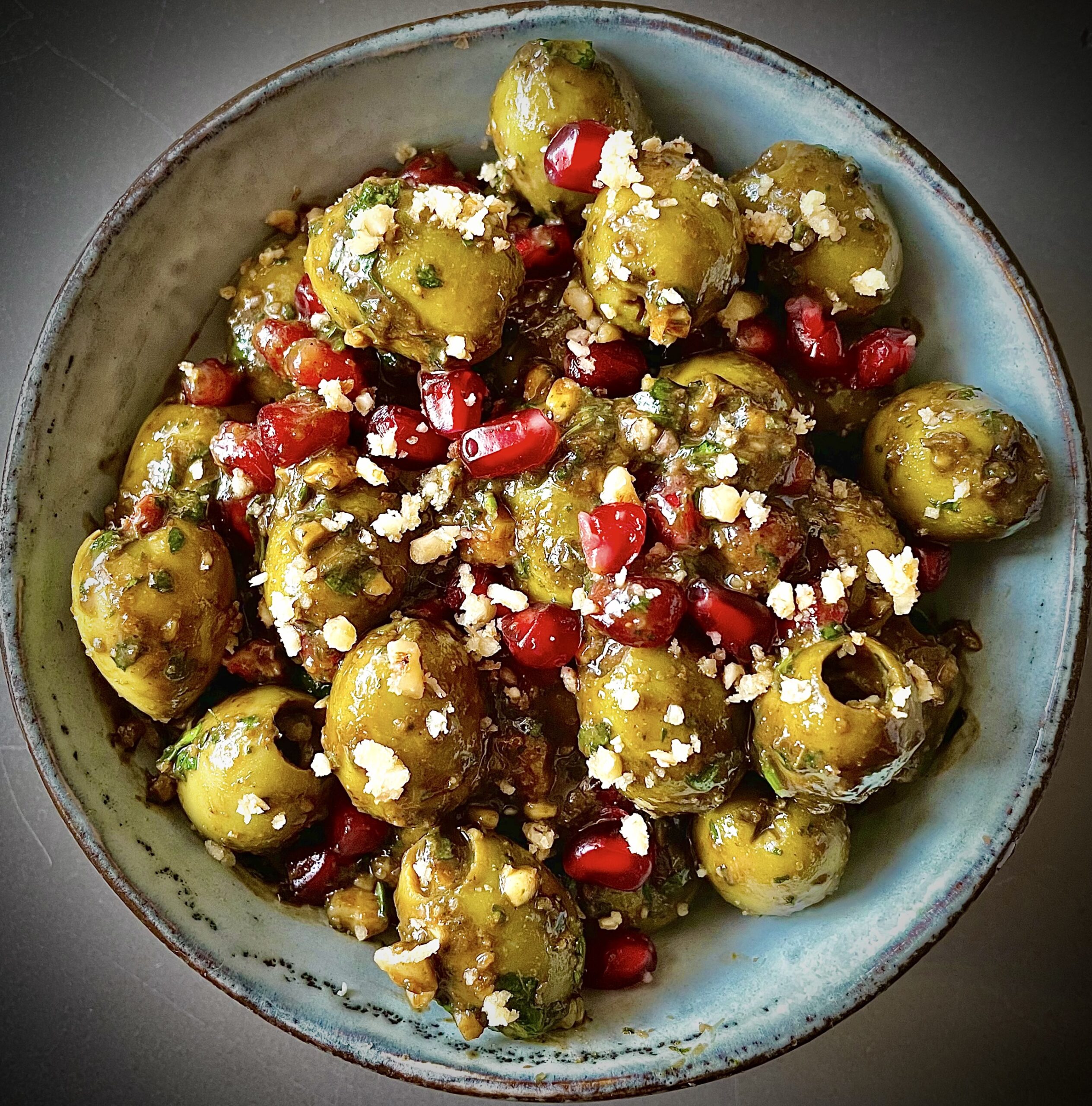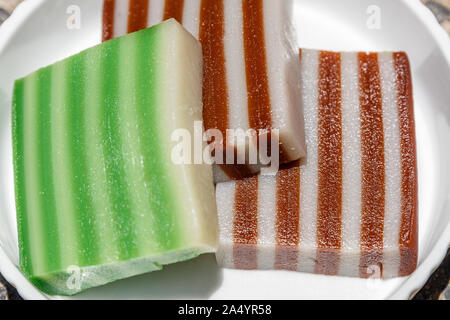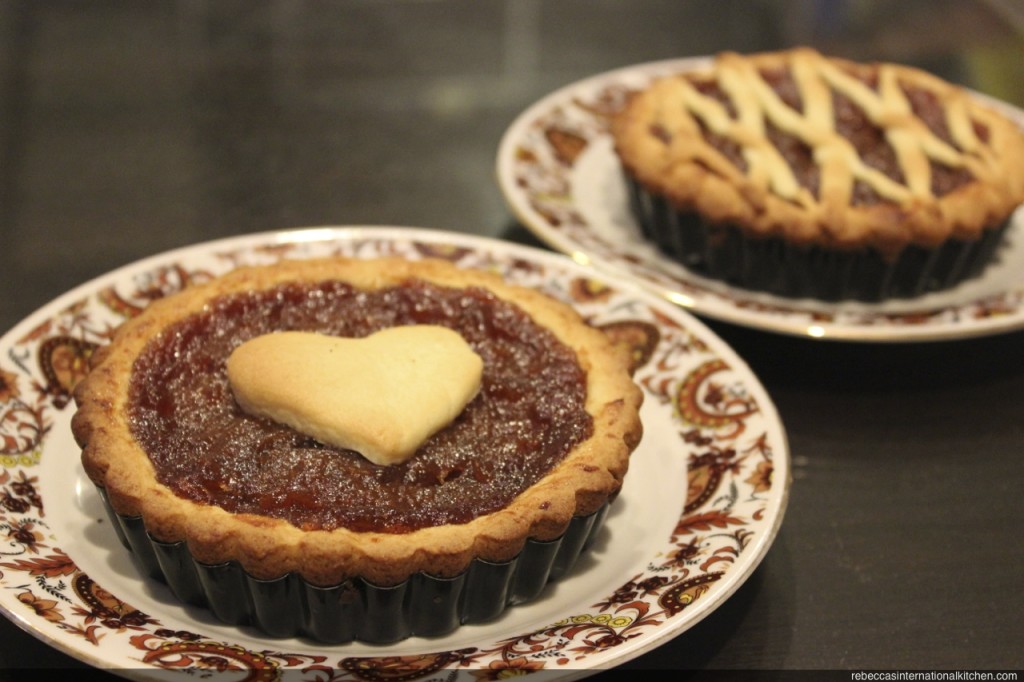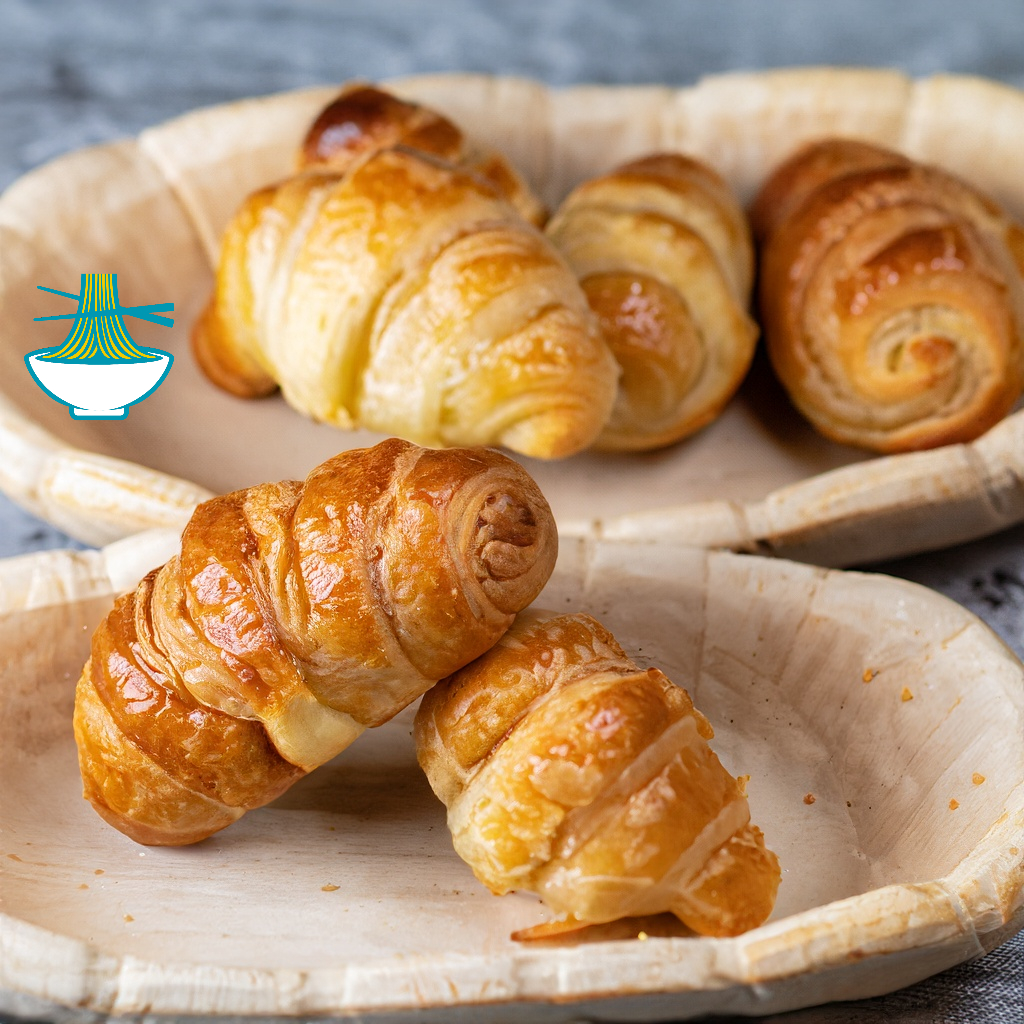
Kue Medialunas, also known as "Half Moon Pastries," is a beloved traditional treat cherished in various cultures, especially in Southeast Asia and Latin America. Recognized for its distinctive crescent shape and delightful flavor, this pastry offers a perfect balance of sweetness and buttery richness. Its inviting aroma and flaky texture make it a popular choice for breakfast, snack time, or special occasions. In this article, we explore the origins, ingredients, preparation methods, regional variations, serving ideas, nutritional aspects, and tips for enjoying authentic Kue Medialunas, providing a comprehensive guide for enthusiasts and home bakers alike.
The Origin and Cultural Significance of Kue Medialunas
Kue Medialunas has a rich history rooted in traditional baking practices that date back centuries. Its name, translating roughly to "half moon cake," reflects its characteristic crescent shape, which symbolizes prosperity and good fortune in many cultures. While variations of similar pastries can be found across different regions, Kue Medialunas is particularly prominent in countries like Indonesia, the Philippines, and parts of Latin America, where it has been integrated into local culinary traditions. The pastry often appears during festive occasions, family gatherings, and religious celebrations, signifying community bonds and shared heritage.
Historically, Kue Medialunas was influenced by colonial exchanges, where European baking techniques blended with indigenous ingredients. In the Philippines, for example, it has evolved from Spanish influences, incorporating local flavors and ingredients. In Indonesia, it is often associated with traditional markets and street food culture, symbolizing everyday life and communal sharing. Its cultural significance extends beyond mere sustenance; it embodies hospitality, tradition, and the artistry of skilled bakers passing down recipes through generations.
Throughout its history, Kue Medialunas has served as a symbol of cultural identity and continuity. Families often prepare them at home, passing down recipes that have been tweaked and perfected over time. The pastry’s presence in festivals and celebrations reinforces its role as a unifying culinary icon, bringing communities together in shared enjoyment. As a versatile and culturally rich treat, Kue Medialunas continues to hold a special place in the hearts of many, bridging past and present through its enduring appeal.
The cultural importance of Kue Medialunas also lies in its adaptability. Regional twists and local ingredients allow it to reflect the unique flavors of each community. Whether served plain, filled with sweet jams, or topped with local toppings, its versatility makes it a cherished part of local festivities. Its enduring popularity underscores its role as more than just a pastry; it is a symbol of cultural pride and culinary heritage that continues to thrive in modern times.
Key Ingredients Used in Making Authentic Kue Medialunas
The foundation of authentic Kue Medialunas lies in simple yet high-quality ingredients that come together to create a flaky, flavorful pastry. The primary components include all-purpose flour, which provides structure and a tender crumb. Butter or margarine is essential for achieving the characteristic flakiness and rich taste, often used generously to ensure a melt-in-the-mouth texture. Sugar adds a touch of sweetness, balancing the richness of the butter and enhancing the overall flavor profile.
Eggs are commonly incorporated into the dough, contributing to its elasticity and helping to bind the ingredients together. Milk or water is used to hydrate the dough, making it pliable and easy to roll out. Some recipes also include a small amount of baking powder or yeast, depending on whether the pastry is intended to be a quick bread or a leavened, slightly risen treat. Vanilla extract or other flavorings are optional but often added to elevate the aroma and taste.
For variations that include fillings or toppings, ingredients such as sweet jams, custards, or cheese are popular choices. Some regional recipes incorporate local ingredients like coconut, pandan, or even cheese, reflecting local tastes and traditions. To achieve the glossy finish and a slightly caramelized exterior, a brushing of egg wash—made from beaten eggs and a little water or milk—is typically applied before baking. The careful selection and quality of these ingredients are crucial to achieving the authentic taste and texture of Kue Medialunas.
In modern adaptations, some bakers experiment with alternative ingredients like margarine or plant-based fats to cater to dietary preferences. However, traditional recipes emphasize the use of real butter for its superior flavor and flaky texture. The balance of these core ingredients, combined with precise measurements and techniques, results in a pastry that is both tender and crisp, embodying the essence of authentic Kue Medialunas.
Step-by-Step Process for Preparing Kue Medialunas at Home
Making Kue Medialunas at home involves a straightforward process that rewards patience and attention to detail. Start by preparing the dough: in a mixing bowl, combine all-purpose flour, sugar, and a pinch of salt. Add cold, cubed butter and rub it into the flour mixture until it resembles coarse crumbs. This process, known as cutting in, helps create the flaky layers characteristic of the pastry. Incorporate beaten eggs and a splash of milk or water gradually, mixing until a soft, pliable dough forms.
Once the dough is kneaded briefly to bring it together, wrap it in plastic wrap and refrigerate for at least 30 minutes. This resting period allows the gluten to relax and makes rolling out easier. After chilling, divide the dough into smaller portions and roll each into a thin sheet on a lightly floured surface. Cut the dough into triangles or rectangles, depending on your preferred shape, and then roll each piece from the base to the tip to form a crescent shape.
Before baking, brush the shaped pastries with an egg wash to give them a shiny, golden exterior. You can also add fillings like jam or cheese at this stage if desired. Arrange the medialunas on a baking sheet lined with parchment paper, leaving space between each piece. Bake in a preheated oven at around 180°C (350°F) for 15-20 minutes or until the edges are golden brown and crispy. Remove from the oven and allow to cool slightly before serving.
For optimal results, serve the Kue Medialunas warm or at room temperature. They can be enjoyed plain or with accompaniments such as butter, honey, or additional sweet spreads. The key to home-baked perfection lies in maintaining consistent dough thickness and avoiding overworking the pastry, which can compromise its flaky texture. With practice, preparing authentic Kue Medialunas becomes a rewarding experience that fills your home with irresistible aromas.
Variations and Regional Twists on the Classic Kue Medialunas
While the classic Kue Medialunas features a simple, buttery, and flaky profile, various regions have introduced their own delightful twists to the traditional recipe. In some Southeast Asian countries like Indonesia and the Philippines, fillings such as sweetened coconut, ube (purple yam), or local fruit jams are popular, adding vibrant flavors and colors. These regional variations often incorporate local ingredients to reflect cultural tastes and preferences, making each version uniquely regional.
In Latin American countries, especially in Argentina and Uruguay, medialunas are often served plain or with a light dusting of powdered sugar. However, some variations include the addition of cheese or ham for a savory twist, transforming the pastry into a versatile snack or breakfast item. These savory versions are especially popular in street markets and cafes, offering a delightful contrast to the sweet traditional style. Some bakers also experiment with flavored doughs, infusing herbs or spices like cinnamon or cardamom to enhance the aroma and flavor.
Another regional twist involves incorporating different toppings or glazes. For example, a honey or caramel glaze can add a sticky sweetness and a glossy finish, elevating the visual appeal. Some bakers also sprinkle sesame seeds, crushed nuts, or sugar crystals on top before baking, adding texture and visual interest. These variations showcase the adaptability of Kue Medialunas and how it can be tailored to local tastes or special occasions, making it a versatile pastry across cultures.
Innovative recipes also include vegan or gluten-free versions, replacing traditional ingredients with plant-based alternatives such as margarine, almond flour, or coconut milk. These adaptations make the pastry accessible to a broader audience while maintaining the essential flaky and buttery qualities. Whether traditional or inventive, regional twists on Kue Medialunas highlight its cultural significance and culinary flexibility, ensuring its continued popularity worldwide.
Popular Serving Suggestions and Accompanying Beverages
Kue Medialunas is a versatile pastry that pairs well with a variety of beverages and accompaniments, making it a popular choice for breakfast, tea time, or casual gatherings. Traditionally, it is enjoyed warm or at room temperature, often served alongside a cup of hot coffee or tea. The rich, buttery flavor complements the bitterness of coffee or the subtle floral notes of certain teas, creating a balanced and satisfying experience.
For a more indulgent treat, some prefer to serve medialunas with a spread of butter, honey, or fruit preserves. These add layers of sweetness and richness, enhancing the pastry’s flavor profile. In many cultures, it is customary to serve Kue Medialunas with a glass of cold milk or a warm cup of chocolate, especially during cooler months or festive occasions. These beverages help mellow the richness of the pastry while providing a comforting complement.
In addition to traditional pairings, Kue Medialunas can be incorporated into dessert platters or brunch spreads. They work well alongside fresh fruit slices, whipped cream, or custard, adding variety and texture to the meal. Some modern serving suggestions include dusting the pastries with powdered sugar or drizzling them with caramel or chocolate sauce for an extra touch of sweetness and visual appeal. Their appealing appearance and delightful taste make them a crowd favorite at parties and family gatherings.
For those seeking a healthier option, serving Kue Medialunas with herbal teas or infused water can be a delightful alternative. These pairings highlight the pastry’s flavors without overwhelming the palate. Ultimately, the versatility of Kue Medialunas allows for countless serving options, making it a flexible and universally loved treat suitable for any occasion or time of day.
